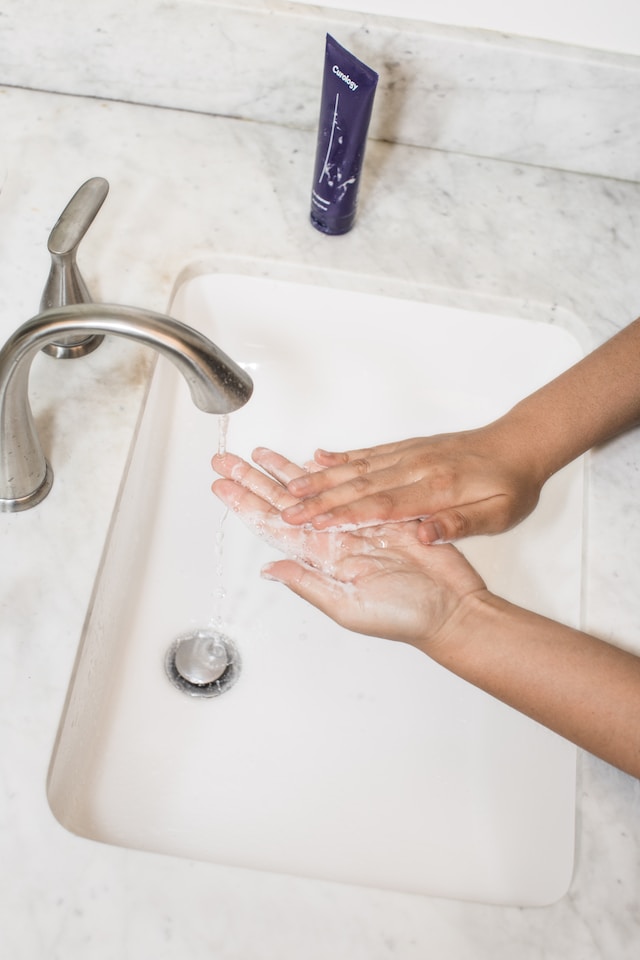In the world of skincare, the debate between double cleansing and single cleansing has been a topic of discussion among beauty enthusiasts and skincare professionals alike. While some argue that a single cleanse is sufficient, the rising popularity of double cleansing suggests that two is better than one when it comes to achieving truly clean and healthy skin. Let’s delve into the reasons why double cleansing has gained momentum and explore its advantages over single cleansing.
First, let’s clarify what double cleansing entails. As the name suggests, double cleansing involves two steps: an initial cleanse with an oil-based cleanser, followed by a second cleanse with a water-based cleanser. The idea behind this method is that different types of impurities require different solvents for effective removal. The oil-based cleanser helps break down and dissolve oil-based impurities such as sebum, sunscreen, and makeup, while the water-based cleanser is designed to remove water-based impurities like sweat and dirt.
One of the main advantages of double cleansing is its ability to thoroughly remove all types of impurities from the skin. A single cleanse, while effective to some extent, may not be sufficient to eliminate stubborn, oil-based impurities that can clog pores and contribute to breakouts. By incorporating an oil-based cleanser as the first step, double cleansing ensures a deeper and more comprehensive cleanse, leaving the skin refreshed and purified.
Research has also shown that double cleansing can enhance the efficacy of other skincare products. When the skin is properly cleansed, it becomes more receptive to the active ingredients in serums, moisturizers, and treatments. By removing impurities and unclogging pores, double cleansing creates a clean canvas for these products to penetrate deeper into the skin, allowing them to work more effectively and deliver their intended benefits.
Furthermore, double cleansing can be particularly beneficial for individuals with specific skin concerns, such as acne-prone or congested skin. These skin types often require extra attention to ensure thorough cleansing and prevent the buildup of sebum and debris. By incorporating double cleansing into their skincare routine, individuals with such concerns can effectively address their specific needs and promote clearer, healthier skin.
Another advantage of double cleansing is its potential to improve skin texture and radiance. By removing dead skin cells, excess oil, and impurities more effectively, double cleansing can help reveal a smoother, more refined complexion. This can be particularly beneficial for individuals with dull or uneven skin tone, as the thorough cleansing action of double cleansing can contribute to a brighter and more radiant appearance.
It’s important to note that double cleansing may not be necessary for everyone. Those with dry or sensitive skin may find that double cleansing can be too stripping, leading to dryness or irritation. In such cases, a single cleanse with a gentle, hydrating cleanser may be more suitable. Additionally, individuals with normal or combination skin may choose to double cleanse only on days when they wear heavy makeup or sunscreen.
In conclusion, the debate between double cleansing and single cleansing comes down to personal preference and individual skin needs. However, the rising popularity of double cleansing suggests that it offers distinct advantages over single cleansing. By thoroughly removing all types of impurities, enhancing the efficacy of other skincare products, and addressing specific skin concerns, double cleansing has become a favored method among skincare enthusiasts. As with any skincare routine, it’s important to listen to your skin and adjust your cleansing method accordingly. Ultimately, the goal is to achieve clean, healthy, and radiant skin that reflects your individual beauty.











